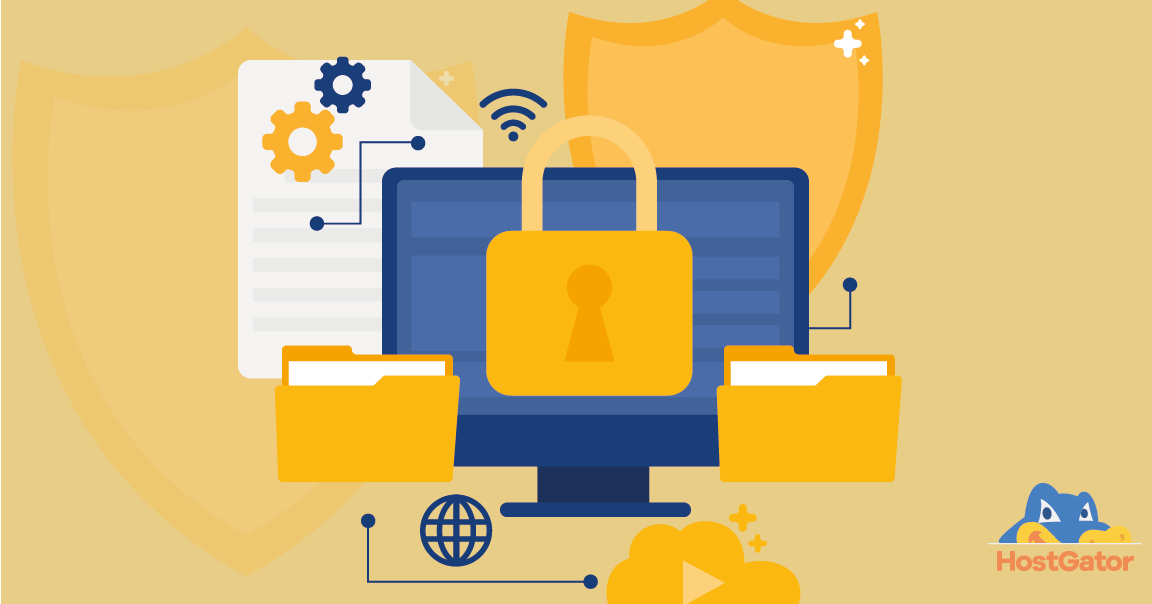
In the United States, 140,000 hard drives fail every week. Hardware failure is the leading cause of downtime, which comprises 45%. Factory defects, utilization issues, and faulty network systems usually cause a hard drive to conk out and cause widespread loss of valuable data.
Ransomware also causes data loss or inaccessibility. It encrypts files making them unreadable. It then forces victims to pay a “ransom,” so the data becomes decrypted.
When a database is compromised, operations cease. Several data show that for every minute that an operation stops, a business loses between $926 to $17,244. These jaw-dropping figures cover lost productivity and revenue and the replacement of hardware.
To avoid this painful pitfall, companies must take measures to protect their data before disaster strikes. Businesses can reduce risks significantly if there is a file replication software in their systems.
Here are a few preventive steps that you can apply to your network to protect your data at any given time.
- Install a File Replication Software
File replication is the process of maintaining and synchronizing several copies of a file or a
whole database. Each file or replica distributes to several file servers. It may be saved locally or accessed remotely. During network failures, a system that has replicated files can still operate and access critical data.
By having independent backups of each file, the reliability of your entire system increases. If for any reason, one server breaks down, data is still accessible to any of the other servers.
A file replication software allows businesses to run backups offsite automatically. Replication of data, no matter the size, operates in real-time. It will perform complete rendering of files on a second-to-second basis. It ensures no loss of data during backup. This seamless accessing of data ensures that operations continue as if no system crash happened.
2. Implement Password Protection
Implementing the use of passwords prevents system hacks. Emphasize the use of strong passwords to all members of the team. Remind them to change passwords regularly.
Although passwords may not be 100% fool-proof, it can still offer a level of protection. Implementing its use trains employees to be mindful and protective of their data.
3. Ensure Wireless Transmission Security
Data links on wireless networks are more prone to security risks like interception or hacking. Hackers can capture or access data if there is a wireless access point that has not configured. Make sure that the transfer and storage of data are done using wireless networks that use encryption with Wi-Fi Protected Access.
4. Invest in Antivirus and Malware Protection
Antivirus and malware protection programs protect computers from viruses, Trojan horses, worms, and other intruders that can sabotage your whole network. These unwanted guests can gain access to personal data, delete files, or even use your computer system to attack other computers.
The most important thing on any team member’s computer is the data they create. Data is the driving force across many industries. It is the backbone of information technology, business, healthcare, legal sectors, and educational systems. When it begins to be inaccessible, the whole system becomes paralyzed. Thus, protecting and securing it must be the company’s top priority.

